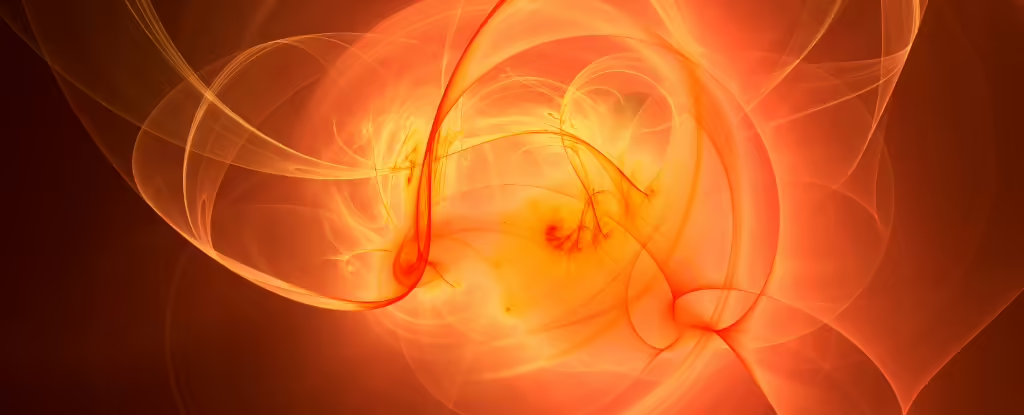First observation of a mini-tornado in a supersolid quantum gas. As a result of the discovery, scientists confirmed the superfluid properties of supersolid objects by observing quantized vortices. Using precise techniques, the team stirred a rotating supersolid, revealing the unique dynamics of the vortex and offering new insights into the coexistence of solid and liquid properties. This discovery paves the way for the investigation of exotic quantum matter and has implications for astrophysical events.
Subscribe to our Telegram channel
Superhard objects: quantum paradox
Matter acting as both a solid and a superfluid may seem impossible. But more than 50 years ago, physicists predicted that quantum mechanics might allow such a situation. In this unique case, particle ensembles exhibit seemingly contradictory properties. Francesca Ferlaino, from the Department of Experimental Physics at the University of Innsbruck and the Institute for Quantum Optics and Quantum Information (IQOQI) of the Austrian Academy of Sciences, explains: “It’s a bit like Schrödinger’s cat, which is both alive and dead; the supersolid. It is both solid and liquid.” .”
While scientists have been able to directly observe the crystal structure that gives supersolids their “solid” quality, superfluid properties have been more difficult to understand. Researchers have examined various aspects of superfluid behavior, such as phase coherence and gapless Goldstone modes, but have not found direct evidence for quantized vortices, a fundamental feature of superfluidity.
A major breakthrough was the observation of quantized vortices in a rotating two-dimensional supersolid. The discovery provides long-awaited evidence of superfluid flow within a supersolid and marks a major advance in the study of modulated quantum matter.
Advanced experiments and precise methods
In this new study, scientists combined theoretical models with cutting-edge experiments to create and observe vortices in dipolar supersolids; This was an extremely difficult feat. Previously, a team from Innsbruck achieved a breakthrough in 2021 by creating the first long-lived two-dimensional supersolid in an ultracold gas of erbium atoms, a challenge in itself.
“The next step, developing a way to mix the supersolid without disturbing its brittle state, required even greater precision,” explains lead author Eva Casotti. Using high-precision techniques guided by theory, the researchers used magnetic fields to slowly rotate the supersolid. Since liquids do not rotate rigidly, this mixing resulted in the formation of quantized vortices, the hydrodynamic hallmarks of superfluidity.
“This work is an important step forward in understanding the unique behavior of supersolids and their potential applications in the field of quantum matter,” states Francesca Ferlaino.
Moreover, the experiment lasted almost a year; revealed important differences between the dynamics of vortices in supersolids and unmodulated quantum liquids and offered new insights into how superfluid and solid properties coexist and interact in these exotic quantum states.
Study of new physics and astrophysical connections
The implications of this discovery extend far beyond the laboratory and potentially impact fields from condensed matter physics to astrophysics, where similar quantum phases can exist under extreme conditions.
“Our findings open the door to studying the hydrodynamic properties of exotic quantum systems with multiple broken symmetries, such as quantum crystals and even neutron stars,” said Thomas Bland, who led the theoretical development of the project. “For example, the change in rotation rate seen in neutron stars (also known as glitch) is thought to be caused by superfluid eddies trapped inside the neutron stars. Our platform offers the opportunity to simulate such events right here on Earth.” Superfluid vortices are also believed to exist in superconductors, which can conduct electricity without loss.
Our work is an important milestone on the path to discovering new physics,” says Francesca Ferlaino. “Here in the laboratory we can observe physical phenomena that in nature only occur in very extreme conditions, such as neutron stars.”
Source: Port Altele
